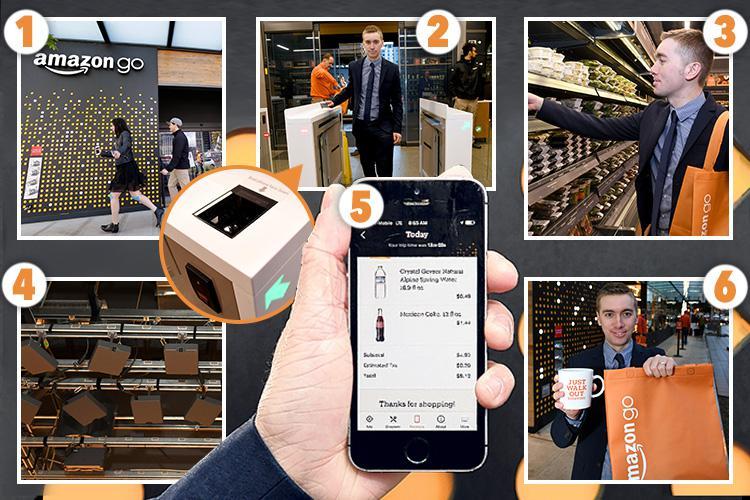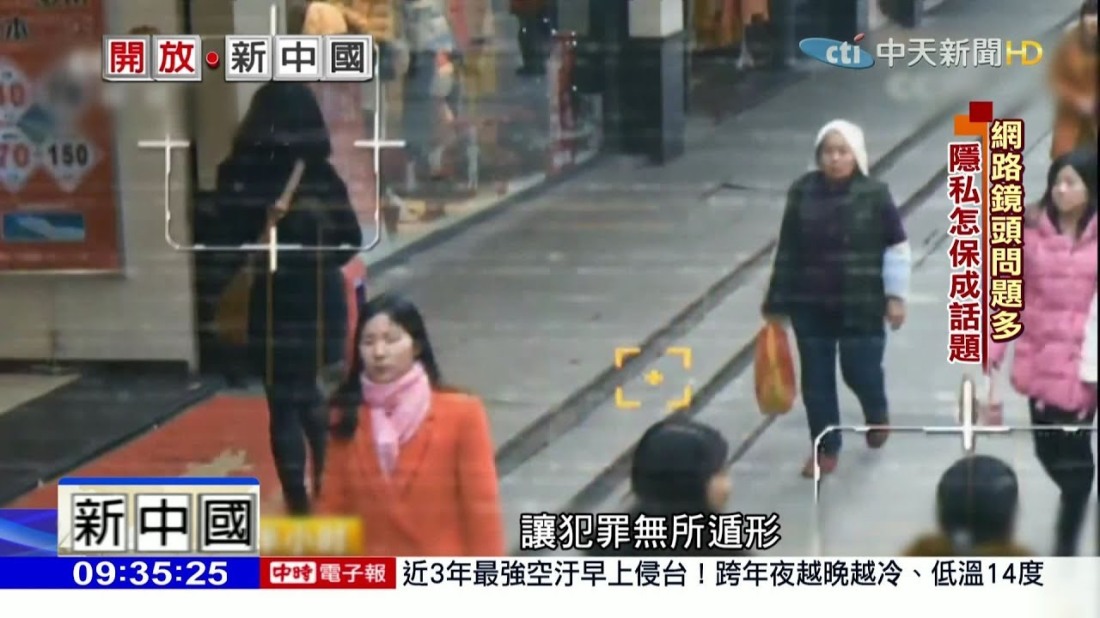It has been a month since the class IERG3320 started, and the most interesting lecture for me is the context and context-computing on week 2-2. It introduced the concept about the context, which is defined that an agent’s understanding of the relationships between the elements of the agent’s environment. For example, imagine we drive on the road, we are the agents who keep perceiving the information that the changing environment gives. When we see a red traffic sign, we feel endangered and raise our alertness. In the example, we, or the agents, perceive the information from the traffic sign and understand the meaning or feeling the sign gives on the streets, which is the environment.
There is a similar technical application for the context, like Amazon Go. Amazon Go is a technique that by tracking the people action and the mobile device, we can simply buy the stuff in a store without waiting in lines and checking out. The technology behind it is that when the customer comes to the store and shows the mobile device, the camera will track the person and its mobile device location, when the customer picks up something to the shopping cart, the sensors on the shelf and the cameras will identify it and synchronize the information to the app on the mobile device. Once the customer leaves the store, he/she will pay the bill automatically on the device. It eliminates the time-wasting problem during the peak period.

This kind of application relies on the technology called the Internet of Things, or IoT.  Imagine that we live in a world that everything can connect to the internet, and our mobile device is like the passport to everywhere. Wherever I go, the mobile device can catch the information from the surrounding internet device. For instance, if I walk on the sneaker street in Mong Kok, my mobile device will get the surrounding information, like the shop information, restaurant information, etc. I think it is a progress, but still, the privacy will be a problem since there is no privacy if we are under the world fully connected to the internet. For example, in China, the government is experimenting to use the CCTV to monitor the citizens with the face recognition technology.
Imagine that we live in a world that everything can connect to the internet, and our mobile device is like the passport to everywhere. Wherever I go, the mobile device can catch the information from the surrounding internet device. For instance, if I walk on the sneaker street in Mong Kok, my mobile device will get the surrounding information, like the shop information, restaurant information, etc. I think it is a progress, but still, the privacy will be a problem since there is no privacy if we are under the world fully connected to the internet. For example, in China, the government is experimenting to use the CCTV to monitor the citizens with the face recognition technology. The advantage is that we can reduce the crime rate and catch the criminal more easily and efficiently. However, if we are under supervision for every second, then the government will have great power to control our daily life. Like the novel 1984, the government can strictly limit the freedom of speech and action by the CCTVs all over the world. I think absolute power corrupts absolutely, we may need a new political rule in the future.
The advantage is that we can reduce the crime rate and catch the criminal more easily and efficiently. However, if we are under supervision for every second, then the government will have great power to control our daily life. Like the novel 1984, the government can strictly limit the freedom of speech and action by the CCTVs all over the world. I think absolute power corrupts absolutely, we may need a new political rule in the future.
*photos are downloaded from the google searches
I agree your point we may need a new political rule in the future. Sometimes the development of technology is way faster than the updating of legislation, for example, the shared bicycle at china cause many problems for instance the destruction of the cityscape, but the relevant regulations are still not be formulated. Hence, the development of technology may bring a period of pain mean while from the other perspective. Despite this, we should still embrace the new technology and formulate relevant and proper regulations to protect people rights or environment because new technology can bring a lot of benefits to our life.
讚讚
The purpose of developing technologies to improve our life. However, there are some arguments about how to make use of technologies. As what you have mentioned on face recognition, it can be a good or bad technology for us. Therefore, there should be some rules to restrict the use of technologies. The CCTV in China should only be used to reduce the crime rate, but not monitor what people do in their daily lives. The main purpose of CCTV is to perform a effective security system. We have to remember why technologies are developed and avoid to use them in a wrong way.
讚讚